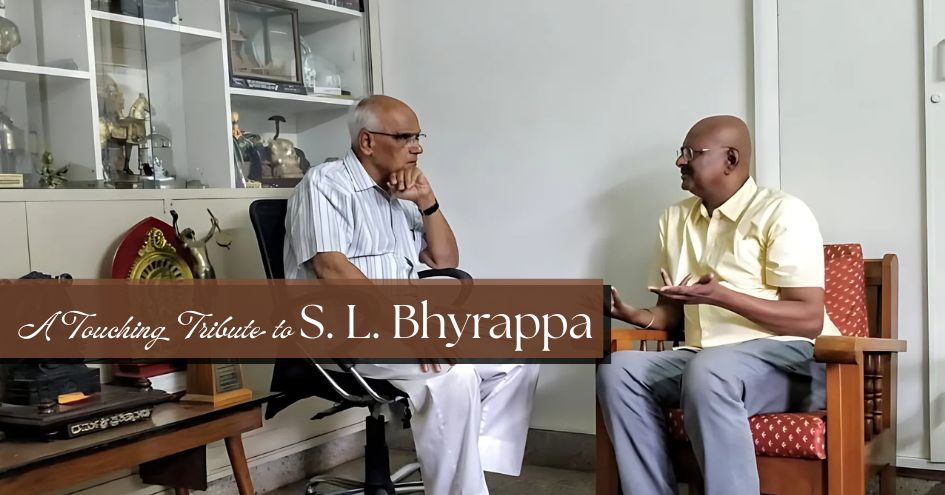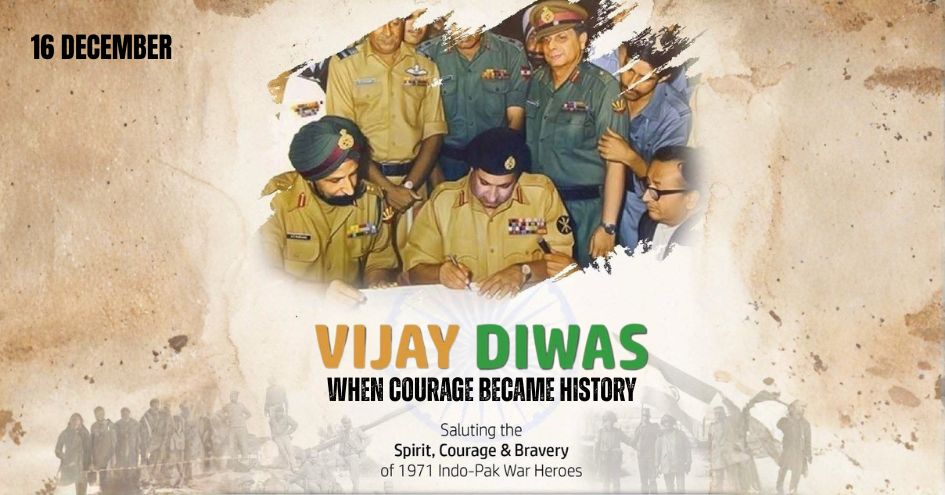Introduction
Navratri, meaning "nine nights" in Sanskrit, is a vibrant and spiritually significant Hindu festival celebrated with immense enthusiasm across India and by Hindu communities worldwide. These nine nights and ten days are dedicated to the worship of the goddess Durga and her various manifestations. Beyond its religious connotations, Navratri embodies cultural diversity, traditional dance forms, and the spirit of unity and devotion. In this article, we delve into the essence of Navratri and its multifaceted celebrations.
The Significance of Navratri
Navratri marks the triumph of good over evil, symbolized by the victory of Goddess Durga over the demon Mahishasura. Each of the nine nights represents a different form of the goddess, known as "Devi," and devotees offer prayers, perform rituals, and immerse themselves in her divine presence. The festival also signifies the change of seasons, transitioning from monsoon to autumn in India.
The Nine Forms of Goddess Durga:
1. Shailaputri
2. Brahmacharini
3. Chandraghanta
4. Kushmanda
5. Skandamata
6. Katyayani
7. Kalaratri
8. Mahagauri
9. Siddhidatri
Cultural Celebrations
1. Garba and Dandiya: Navratri is synonymous with lively dance forms like Garba and Dandiya, especially in the western state of Gujarat. People dress in vibrant attire and gather in large circles to dance rhythmically to traditional folk music. The circular dance represents the cyclic nature of life and the pursuit of divine energy.
2. Colorful Attire: During Navratri, people adorn themselves in colorful traditional attire. Women wear chaniya cholis and men don kurtas or kediyus. The outfits are embellished with intricate embroidery and mirror work, adding to the festival's visual splendor.
3. Special Cuisine: Fasting is a common practice during Navratri, with devotees following a Satvik diet. Special dishes made from ingredients like sabudana (tapioca pearls), singhara (water chestnut) flour, and specific vegetables are prepared. These fasting recipes vary by region but are always delicious.
4. Artistic Rangoli: Intricate rangoli designs decorate the entrance of homes and temples during Navratri. These colorful patterns, made with colored powders, grains, or flower petals, symbolize the welcoming of the goddess into one's abode.
Religious Observance
1. Prayers and Aarti: Devotees offer daily prayers and perform aarti (ritual of offering light) to honor the goddess. Temples dedicated to Goddess Durga are adorned with flowers and decorations, attracting large crowds of worshipers.
2. Kanya Pujan: On the eighth or ninth day of Navratri, young girls, often referred to as "kanyas," are invited to homes and temples. They are honored and offered meals, symbolizing the embodiment of the divine feminine energy in young girls.
Conclusion
Navratri is a kaleidoscope of spirituality, culture, and devotion that celebrates the divine feminine energy and the triumph of good over evil. It transcends religious boundaries, uniting communities through music, dance, and culinary delights. As the rhythmic beats of Garba and Dandiya reverberate through the night, Navratri serves as a reminder of the power of faith and the beauty of diversity, lighting up the hearts of millions in celebration of the goddess Durga and the spirit of unity.
NEXT ARTICLE

Subramania Bharati, often referred to as Mahakavi Bharati (Great Poet Bharati), was a revolutionary poet, journalist, and social reformer whose words...

Some writers tell stories, and then there are those rare souls who hold up a mirror to our civilisation, our history, and our innermost selves. Sri Sa...

As the Tricolour rises high on 16 December, Vijay Diwas calls out to the conscience of the nation.It reminds us of a timeless truth:Freedom is earned,...